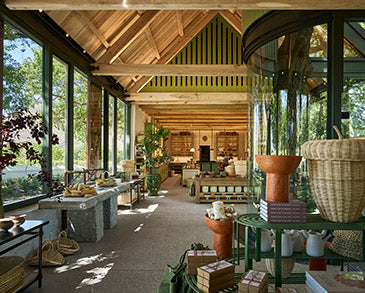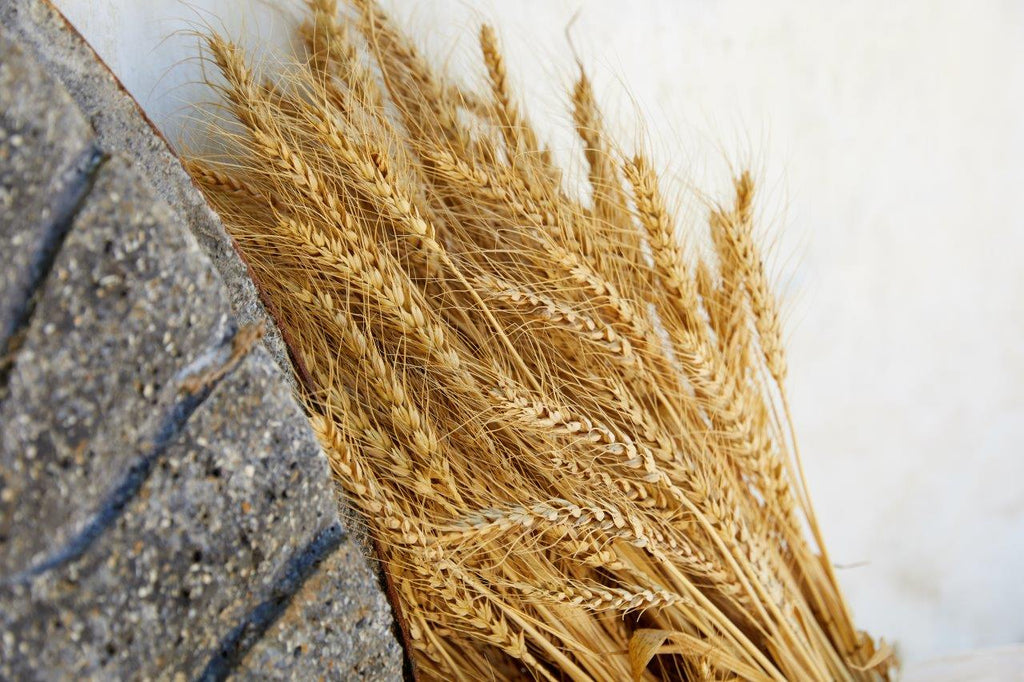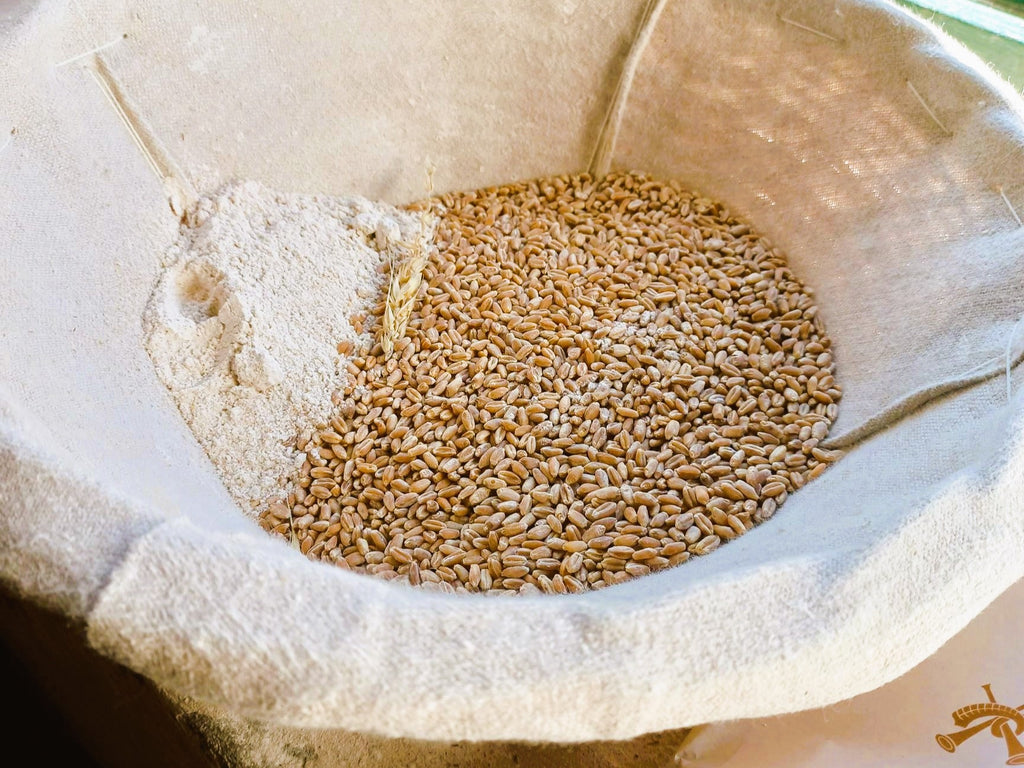Grains and wheat
People have been consuming cereal products for more than ten thousand years. Early agriculture favoured barley, oats, wheat and rye. These were the principal species cultivated in the Middle East. In Southeast Asia, it was rice; in Africa, sorghum and millet; in North America corn, and Europe, wheat and oats. Cereals would later spread across the world along with the development of trade. Today, cereal-based products play a crucial role in global nutrition and provide 30 to 70% of our daily energy.
For several thousand years, all sorts of grains, including millet, were eaten raw, boiled or roasted. These grains were also ground and turned into a dough, to be cooked into a flat cake over an open fire. Probably by accident, grain was eventually transformed into bread, and was likely first made in Egypt. It was common to eat bread made from barley, corn or rye until the 19th century. According to circumstance and traditions, these loaves might also have contained oats, millet and buckwheat.
Wheat is a plant from the grass family Gramineae, of the genus Triticum. The stalk ends in a golden ear containing the grains which are milled to produce flour. There are thousands of varieties of wheat grown today that fall into two general types, namely bread wheat Triticum aestivum used in baking, and T. durum used mainly for pasta.
Wheat of today has undergone major changes through genetic manipulation. For this reason, the oldest cultivated wheat species, Einkorn, Emmer and Spelt, and all other kinds of wheat which were turned into the earliest types of bread, have vanished and are only distantly related to present-day varieties.
The more common cultivars of new strains of wheat, including Soissons, Sidéral, Theseus, Scipion and one of the older French varieties, Florence-Aurore, must respond to numerous different objectives such as higher resistance to disease, parasites, extreme climates, improved yield and good baking qualities. Wheat for bread-making today consists of a few select, highly productive and adapted varieties.
Wholegrain cereals consist of macro and micronutrients with various beneficial properties, making it an essential component of a healthy diet. Except for water, salt and the optional yeast, everything to make bread is contained in the Triticum seed. To know exactly what bread is made of one must open the seed or crush it. The husk comprises a hard casing of strong cellulose envelopes, known collectively as bran, which protects the seed from dampness and bacteria. A grain of wheat further holds the endosperm which contains starch and which we use to make white flour, and the wheat germ.
The creamy, white, floury kernel consists of tiny grains of starch that are contained in a natural protein binding called gluten. It is the gluten that gives dough elasticity and imparts taste and lightness to the bread. Rich in energy and low in fat, the kernel supplies our bodies with easily absorbed monosaccharides. Crushed to produce flour, it represents around 85% of the weight of the grain. Then there remains the germ, a plant embryo, which, when it is sown again, will produce another grain. Wheat germ is very beneficial to human health and contains vitamins B and E, mineral salts, protein and healthy fatty acids.
Apart from wheat, rye is the only cereal that is readily made into good bread. Prospering at high altitudes, low temperatures and in dry climates, rye (Secale cereale) thrives where wheat cannot. However, rye cannot furnish the gluten required to make a soft and light but firm loaf, and bread made from rye is therefore denser.
To ensure that the quality of the finished product is consistently good, millers blend different varieties of wheat. No flour is the result of milling one single variety, and the selection of the various wheat is rigorous and often favours producers that practise organic farming.














